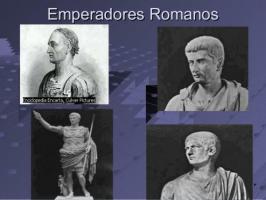Find out how the continents parted
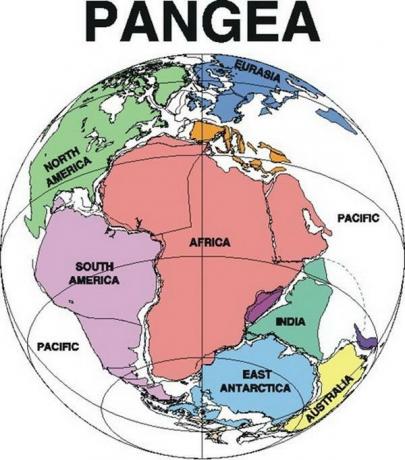
Image: Children's Blog
The continents are one of the most important elements of our life, since although our planet is almost everything oceans and seas, the reality is that human beings depend on most of the continents for our survival. For this reason, we must know the reasons for the current continents, since they have not always been this way, and that is why in this lesson from a PROFESSOR we are going to talk about how the continents parted.
Index
- The first supercontinents
- Pangea, one of the supercontinents
- The separation of the continents
The first supercontinents.
The first thing we need to understand to talk about how the continents until you reach the current distribution is to comment what the earth was like millions of centuries ago and for this we must define the supercontinents.
Supercontinents is the term with which we refer to all those land masses that consist of two or more cores of continentsThese, being united, cause the heat inside the planet to not be able to get out completely well, which ends up causing the division of the continents, and creating new air masses.
As a general rule when talking about supercontinents we usually mention Pangea, Gondwana and Laurasia, But the reality is that before the emergence of these there were already a large number of supercontinents. To know these more unknown supercontinents we must briefly comment on some of them:
- Vaalbara: It is considered the first supercontinent in the history of the Earth, with an origin about 3.8 billion years ago.
- Ur: A small supercontinent originating 3 billion years ago, believed to be smaller than Australia.
- Kenorland: Another of the early supercontinents, with an origin about 2.7 billion years ago.
- Nena, Columbia and Atlántica: The evolution of the Earth's surface led to the formation of these three supercontinents about 1.8 billion years ago.
- Rodinia: It was a supercontinent that existed 1,100 million years ago, and whose formation was made of the vast majority of the Earth's surface at the time.
- Pannotia: It was a supercontinent that emerged 600 million years ago and was born by joining the pieces of the ancient supercontinent of Rodinia.
- Euramerica or Laurusia: Emerged about 400 million years ago this supercontinent was one of the main parts of Pangea.
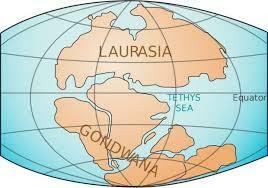
Image: Red Historia
Pangea, one of the supercontinents.
When talking about the separation of the continents, we must comment more exhaustively on the supercontinent of Pangea, since it was from this area where were they born the current continents that we can find on our planet.
Pangea was a supercontinent that existed late Paleozoic era until the beginning of the Mesozoic era and that it was made up of most of the planet's land. Its formation took place about 300 million years ago, at which time the movements of the tectonic plates made the entire land mass of the time unite to form a single supercontinent.
Pangea remained the largest land mass on the planet for many years, but eventually a slow separation process, which would end with the formation of new supercontinents that little by little would become our current continents. Its position as the most famous supercontinent makes many people consider the first moments of separation from Pangea as the origin of the formation of continents.
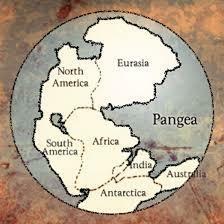
Image: Red Historia
The separation of the continents.
To conclude this lesson on how the continents separated we must talk about the separation of Pangea and comment on this process until the appearance of the continents that we know today, with this I understand how complicated the movement of the continents.
Here we describe the separation step by step so that you better understand what happened:
- The first move Pangea took place during the Jurassic, being the moment in which Pangea began its separation from the Tethys Ocean to the Pacific Ocean. It was at this stage that Pangea was divided into the supercontinents of Laurasia and Gondwana.
- A few years later, the separation of Pangea was increasingly active, separating what we now know as North America and Africa generating with it the North Atlantic, and little later beginning the separation between North America and Europe that ended up generating the South Atlantic.
- Then two other oceans appeared, these being the Arctic and the Indian Ocean, The first being a consequence of the movement of Laurasia, and the second the result of the tectonic movements suffered by present-day Africa and Antarctica.
- It was millions of years later, during the Cretaceous, that Gondwana had a series of numerous separations very similar to current land formations, some of them being Africa and South America. Little by little the South Atlantic grew, generating a greater separation between the two continents mentioned, and making the world map very similar to the current one.
- It was finally in the Cenozoic that the separation of the continents was total and the world maintained the current geographical situation, although with certain inevitable movements caused by tectonic plates. North America and Greenland separated from Eurasia, while the Atlantic and Pacific Oceans separated from the all of which caused Australia and Antarctica to keep a great separation, causing the great cooling of the continent polar.
From that moment to the present the continents have continued in slow and progressive movement, causing that the continents are not exactly located in the same area as when they finalized their separation in the Cenozoic. It should be taken into account that the movement of the tectonic plates makes the continents always be in movement, but to see the results it is necessary that these movements be carried out over millions of years.
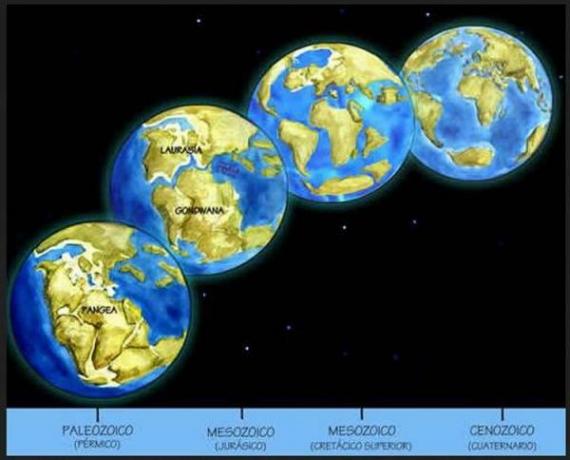
Image: Pinterest
If you want to read more articles similar to How the continents parted, we recommend that you enter our category of Geography.


